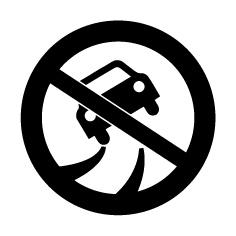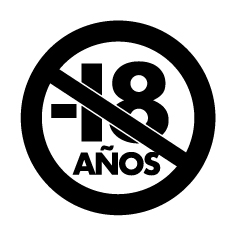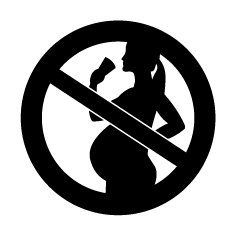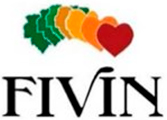
Estudios científicos
Dose-response relationship between alcohol drinking and gout risk: do subtypes of alcoholic beverages make a difference?
Abstract:
Objective: Although previous studies have explored the association of drinking with gout risk, we sought to explore the dose-response relationship and the evidence between subtypes of alcoholic beverages and gout risk.
Methods: The weekly alcoholic beverage consumption of patients in the UK Biobank was collected and calculated. The Cox regression model was applied to assess the effects of drinking alcohol in general and its subtypes on gout risk by calculating the hazard ratio (HR) and 95% CIs. Additionally, the restricted cubic splines were used to estimate the dose-response relationship between alcohol consumption and gout risk. To evaluate the robustness, we performed subgroup analysis across various demographic characteristics.
Results: During a mean follow-up period of 11.7 years, a total of 5728 new incident gout cases were diagnosed among 331,865 participants. We found that light alcohol consumption was linked to a slight decrease in gout incidence among female individuals (HR 0.78, 95% CI 0.65-0.94, P = 0.01), whereas there was no significant association in male individuals. Moreover, the dose-response relationship showed that drinking light red wine and fortified wine could reduce the gout risk, whereas beer or cider, champagne or white wine, and spirits increased the gout risk at any dose.
Conclusion: Our study suggested a J-shaped dose-response relationship between drinking and gout risk in female individuals, but not in male individuals. For specific alcoholic beverages, light consumption of red wine and fortified wine was associated with reduced gout risk. These findings offer new insights into the roles of alcoholic beverages in gout incidence risk, although further validation is warranted.
Comentarios divulgativos:
¿El consumo de alcohol se relaciona con el riesgo de desarrollar gota? ¿Y el consumo de vino? ¿Depende de la cantidad? Estas son algunas de las preguntas que trata de responder esta investigación.
Los resultados sugirieron una relación de tipo “curva en forma de J”, donde el consumo de cantidades ligeras-moderadas se asociaba con un menor riesgo de gota que el consumo cero o consumos más elevados. Este tipo de asociación se observaba especialmente en el caso de las mujeres (reducción del riesgo de entre: -6% y -35%). La investigación encontró que el consumo de pequeñas cantidades de vino tinto y vino fortificado se asociaba con un menor riesgo de gota. Mientras que este tipo de relación no se encontraba en el caso de otras bebidas. No obstante, se debe tener en cuenta que la evidencia es limitada y que son necesarios más estudios al respecto.
Para realizar esta investigación observacional se utilizaron datos sobre el consumo y los casos de gota de 331.865 participantes de la cohorte Biobank del Reino Unido, a los que se siguió una media de 11,7 años.







